Timber Frame: How Can Douglas Fir, A Softwood, Be Strong?

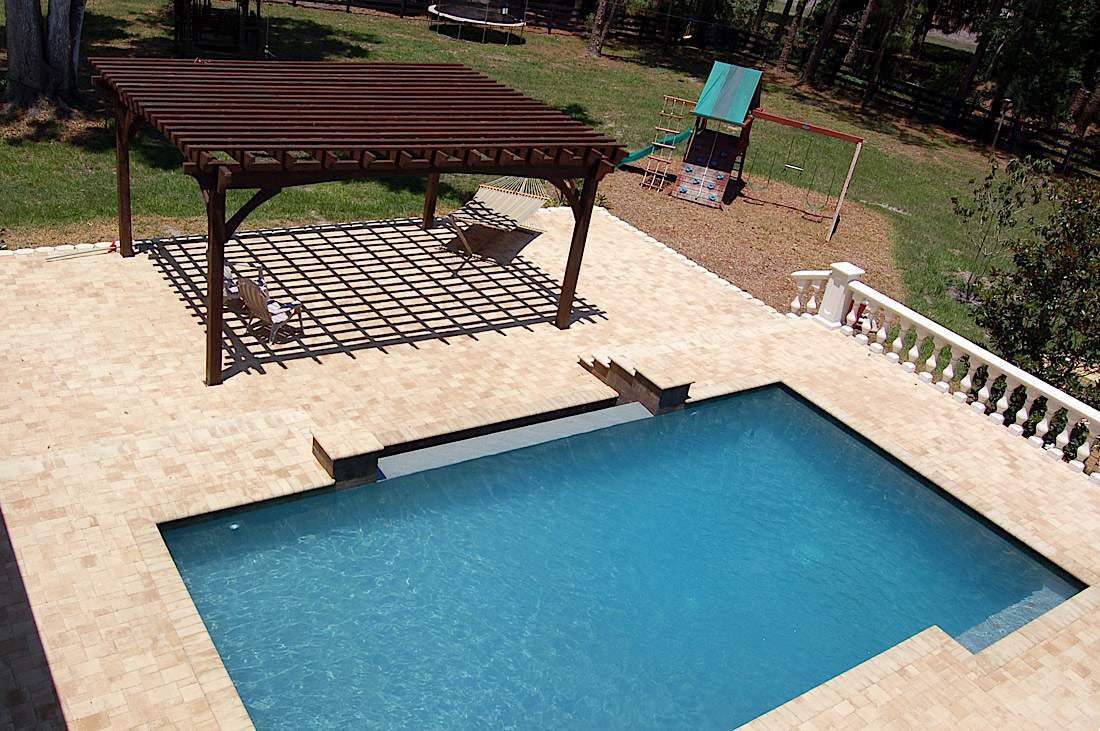
Douglas fir is well known to architectural engineers as the best for support beams in larger construction designs. It is the builders choice for pergolas, gazebos, and pavilions and other outdoor structures that require great strength against strong winds and continual exposure to extremely harsh elements.
The question is sometimes asked: Is Douglas fir a soft wood or hard wood?
The terms "hardwood" and "softwood" do no have anything to do with the how physically hard a wood really is. Any tree that grows from an "enclosed seed" from a fruit or nut is classified scientifically as angiosperms. Oak, Walnut, Maple and Cherry are all trees classified as angiosperms.
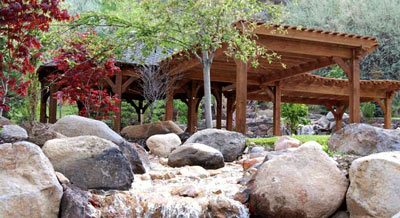
A tree that grows from a seed, usually carried in a cone, opening up to uncover its seeds when ripened, is a gymnosperm meaning "naked seed" plant. A Douglas fir is classed as a gymnosperm or "softwood". A Cedar, Pine or Fir tree are all technically gymnosperms.
The hardness of wood varies for different trees. Balsa is an angiosperm, which is classed as a “hardwood”. Balsa is so soft and lightweight that it is the main wood commonly used to make model airplanes. Although, the Douglas fir is technically a gymnosperm falling under the category of a "softwood", Douglas fir is well known as one of the world’s strongest building materials and is extremely durable.
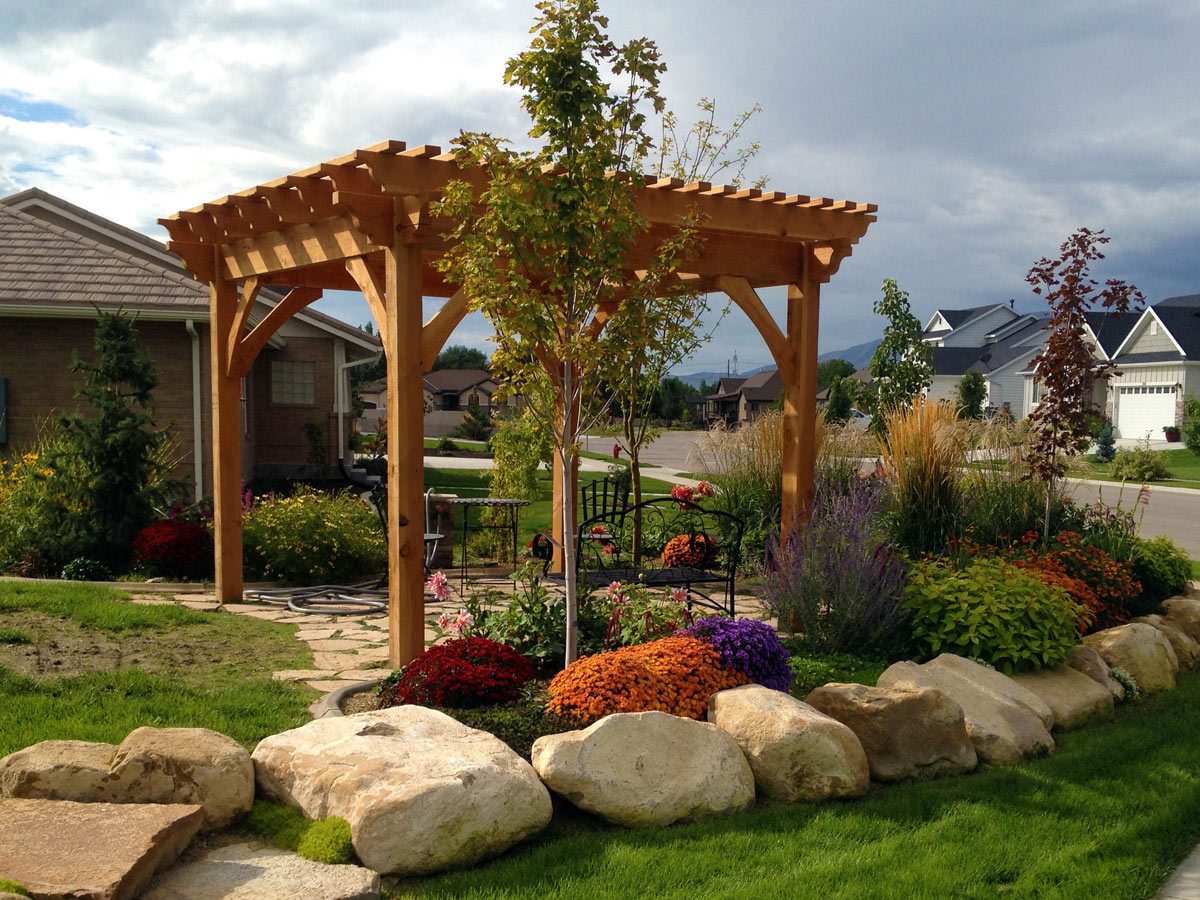
To determine the particular property for the strength and hardness of wood, engineers do several scientific tests on the material. One such test used in verifying the hardness of wood is measuring how resistance it is to indentation called the Janka test. In the Janka hardness test a .444 inch steel ball is repeatedly dropped onto the wood’s flat surface. Whatever amount of force it uses to embed a steel ball halfway into the wood gives it it’s rating for the Janka hardness test. Douglas fir ranks 600 pounds of force for the Janka hardness test, which isn’t particularly high. However, the wood with the highest the Janka hardness test ratings is not the strongest. There are other greater factors in determining the strength of the a building material. For example the wood’s modulus of elasticity is assessed for impact bending, which is how well a material will bend and then return to its original shape without any distortion or breaking. In this test a hammer is dropped on a beam, going higher each time, until the wood breaks or deviates by deflecting six inches or more. Its parallel and perpendicular tensile strength is evaluated by stretching the wood to see how much force the material can take without breaking.
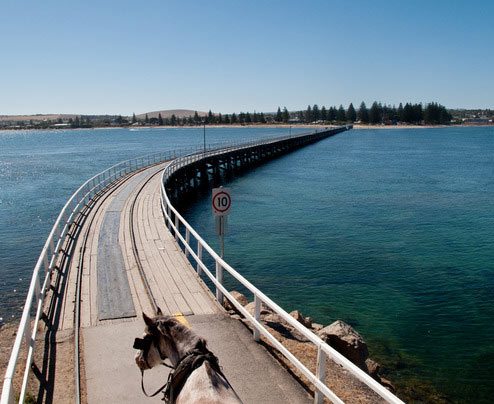
Douglas fir has a strength to weight ratio that has an unparalleled for its modulus of elasticity, shear, compression, tension laterally to grain and other characteristics that give it greater strength. Douglas fir is a the builders premium choice for sound architectural commercial and residential building in the U.S.A..
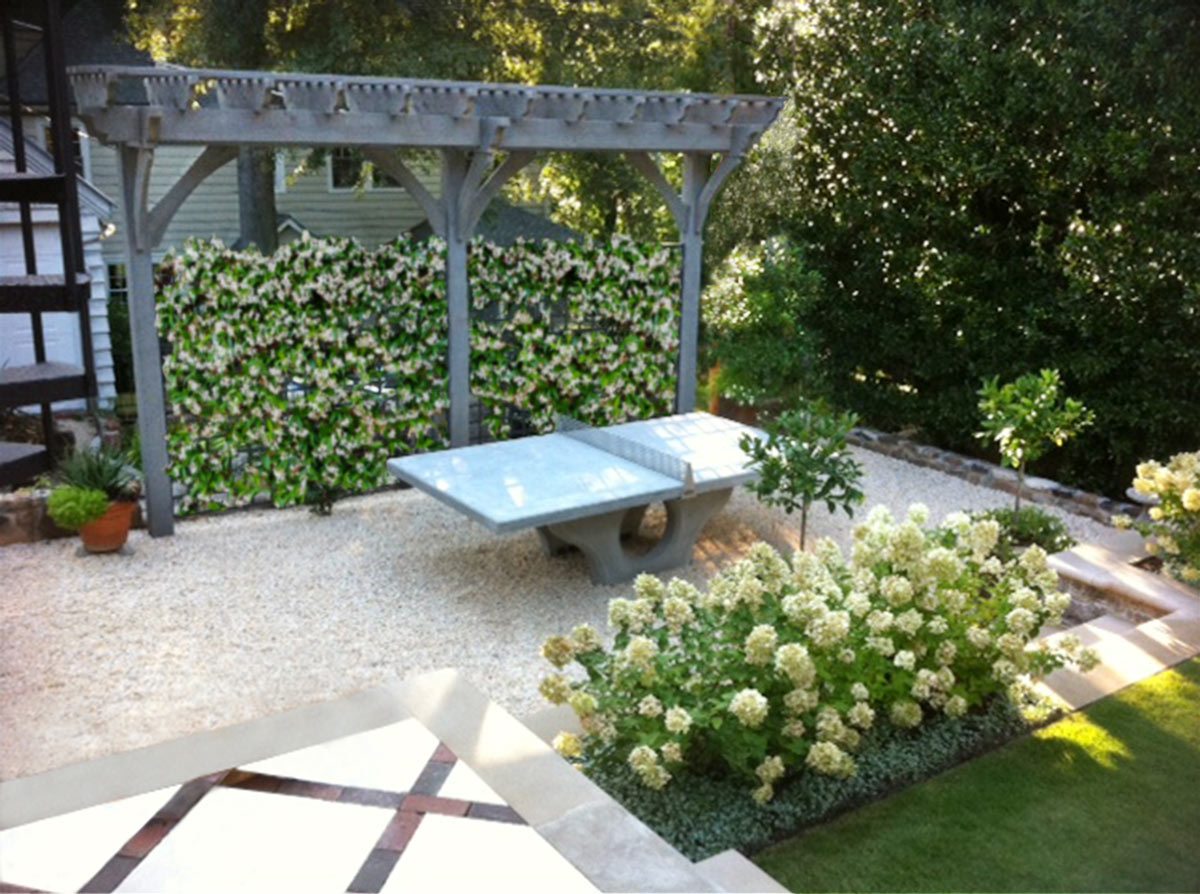
Click for more information on how building with Douglas Fir is not only superior in strength but is also environmentally responsible as well.
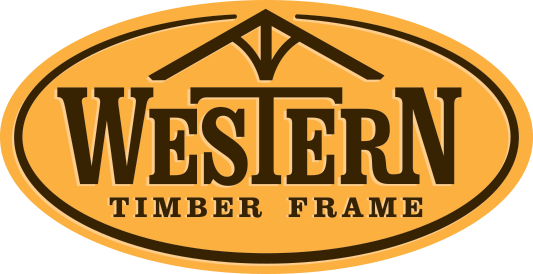


Leave a Comment